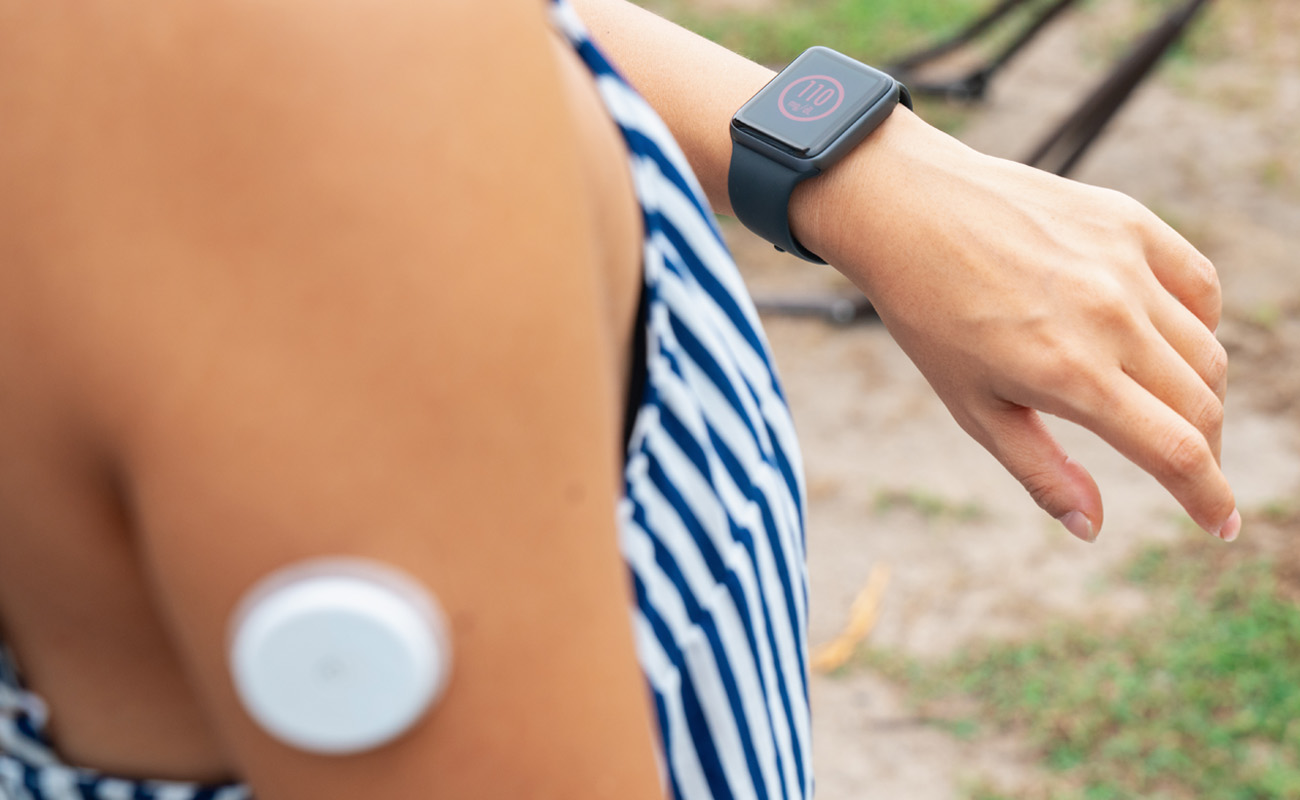Medical devices present some of the toughest product engineering challenges, particularly when it comes to wearables. The complex mix of requirements—such as low weight, high durability, and uncompromising safety—can be challenging to meet with conventional manufacturing processes.
Engineers can try to adapt the newest developments in manufacturing processes, but they will come with long learning curves and can present even more drawbacks. Instead, there’s a well-established technology that can meet tough specifications while speeding time to market and cutting total costs: magnesium thixomolding.
Magnesium thixomolding is like a cross between die-cast metal and thermoplastic injection molding. It is an excellent choice for medical devices that require complex shapes, light weight, low porosity, high durability, and material characteristics such as efficient thermal transfer and inherent EMI and RFI shielding.
This technology has already proven itself in surgical instruments, medical robotics, mobile and fixed scanning devices, handheld equipment, microelectronics and vital signs monitors. To understand its advantages, let us consider the relevant requirements for medical devices—and the reasons other options fail.
Material requirements for medical devices
Medical devices must meet a multitude of strict criteria. The exterior must be non-reactive and finely finished to avoid unintended interactions with the surrounding environment. Similarly, shielding is often required to avoid electromagnetic and radio frequency interference. Plus, excess heat generated by internal electronics and mechanical parts must be dissipated away for proper function.
On top of all this, devices often need to be small and lightweight while maintaining high strength and rigidity. Equipment like surgical robots or MRI scanners face the dual challenges of momentum and inertia. Such mechanisms need precisely controlled motorized movements. This means they must be designed to factor in inertia—the proclivity to maintain a steady state, whether at rest or in motion—while carefully countering the energy that momentum carries.
Drawbacks of conventional manufacturing
Plastic injection molding brings with it many less than desirable traits that are particularly critical for medical wearable design. It can be expensive and time-consuming in set-up to avoid formation flaws. The process only makes financial sense when parts runs are very high. Also, many plastics are not easily recyclable, even when labeled as such which creates a waste problem.
Metal die casting set-up is also costly; running a few prototypes and then modifying the results is challenging. Metals must be heated to melting temperature—approximately 660°C and 1300°C to 1540°C, respectively—which is a significant energy cost. Die casting must also overcome porosity, where air in the molten metal can cause gaps or surface defects.
The magnesium thixomolding advantage
The advantages of magnesium thixomolding come both from the metal itself as well as the unique manufacturing process.
Magnesium has a high strength-to-weight ratio and excellent impact resistance. By way of comparison, magnesium has a density of 1.74g per cubic centimeter, versus 2.70 for aluminum and between 7.75 and 8.05 for steel. Magnesium also offers exceptional stiffness and damping capacity to help isolate contents from vibration.
The metal is both non-magnetic and electrically conductive. Thus, it can function like a built-in Faraday cage, providing electromagnetic and radio frequency interference shielding—eliminating the need for additional shielding that can add to cost, size and weight.
Magnesium is also thermally conductive, allowing rapid dissipation of heat from electronic components. It can also withstand exposure to far more heat than plastics. Those characteristics make it a good choice for structures that must protect electronics from interference while transferring out generated heat.
If additional machining is necessary, magnesium is outstanding at high speeds and feeds in either dry or wet systems.
While these material properties are impressive, the manufacturing process truly brings them to life. Thixomolding refers to using magnesium in a thixotropic state—a chemical characteristic of a non-Newtonian liquid to lose viscosity when put under shearing stress and then return to normal after an amount of time.
Magnesium becomes thixotropic when heated to between approximately 560°C and 630°C. This brings it to a temperature that is shy of actual melting, allowing it to take the form of a slurry that, under pressure, flows into a mold.
Magnesium thixomolding can create walls as thin as 0.5mm and produce complex and detailed net shapes, with little porosity, that have better straightness and flatness while reporting tighter tolerances than possible with die casting.
Even better are the yields. Thixomolding improves product yields to 90%—versus typical die-cast yields of 50%—while eliminating waste and loss of product due to melting.
Thanks to these advantages, the process is more worker- and environment-friendly and can easily integrate into automated manufacturing processes to produce metal products and parts. It lends itself to shorter cycle times as well as longer tool life.
Partnering for magnesium thixomolding success
While magnesium thixomolding has numerous advantages, it does require specialized expertise. Phillips-Medisize, a Molex company, has over 50 years of experience with the process, and is ready to serve as your product design partner.
Phillips-Medisize Magnesium Injection Molding offers front-end design, development and manufacturing solutions for highly regulated industries—including pharma, diagnostics, med tech and consumer health care applications.
An integrated end-to-end portfolio of design, development and manufacturing capabilities has been built on a solid foundation of unparalleled execution, global scale and agility. Continual reinvestment in new technologies allows the company to apply award-winning, rapid innovation to solve the most complex engineering challenges.
With 7,000 employees, 36 locations in 11 countries, including six R&D centers in the U.S., Europe, and Asia, more than 2.5 million square feet of manufacturing space, and Class 7 and 8 cleanrooms and tool building sites, Phillips-Medisize has the knowledge and resources to help create the best approach for optimized results. And being a part of Molex offers access to even broader capabilities for the fullest and most advanced manufacturing solutions available.
